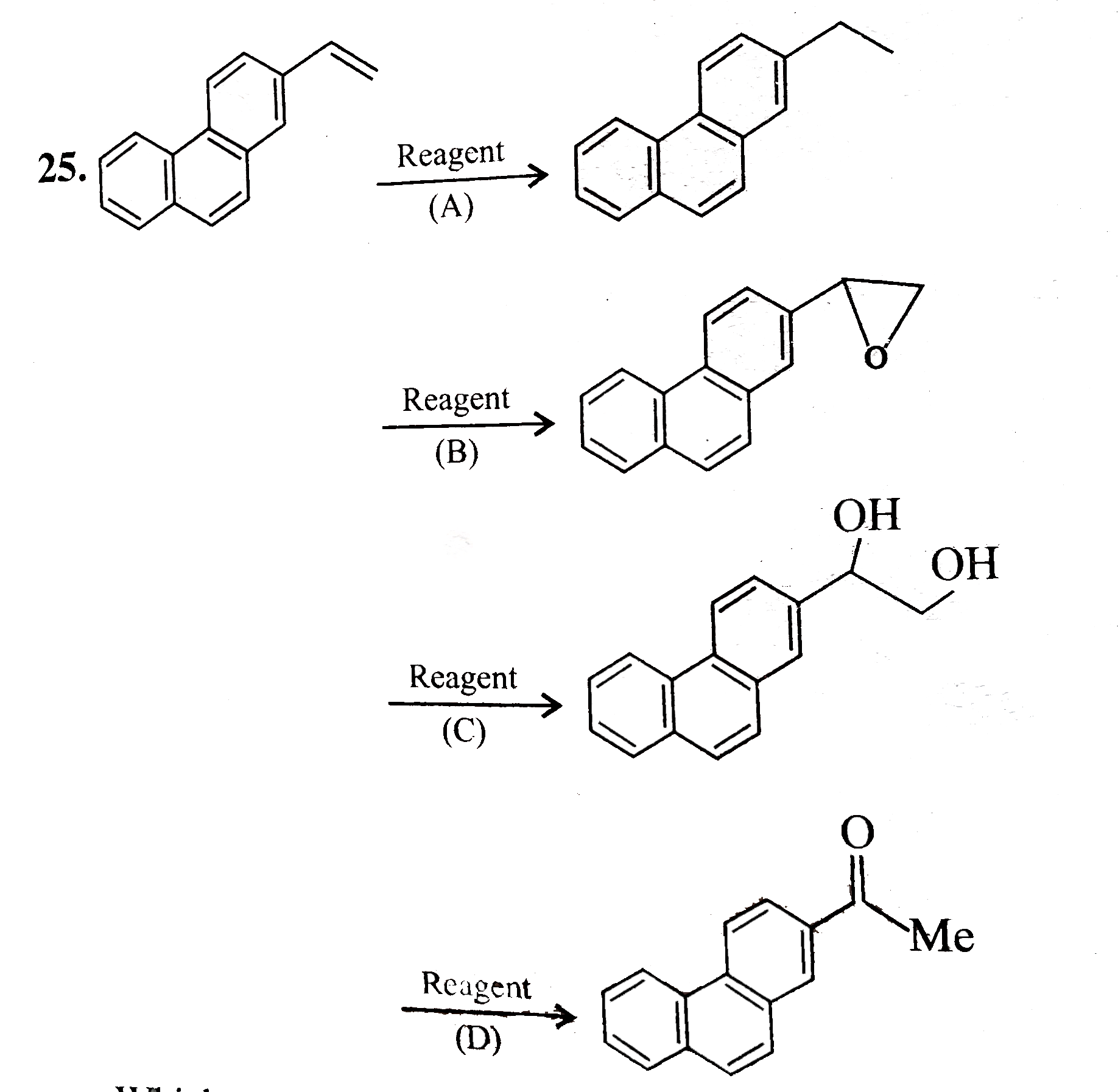(a) Minute vesicles
(b) Membrane bound
( c ) Contained enzymes
(d) Present in plant and animals
Above statements are correct for :-
Plastids
Microbodies
Nucleoli
Satellite bodies
The correct Answer is:B
To solve the question, we need to analyze each of the statements provided and determine which cellular structure they correctly describe.
1. Identify the Characteristics:
- The statements mention:
(a) Minute vesicles
(b) Membrane bound
(c) Contained enzymes
(d) Present in plants and animals
2. Evaluate Each Option:
- Plastids:
- Plastids are found in plants and some algae.
- They are membrane-bound and contain enzymes for pigment formation and food storage.
- However, they are not present in animals.
- Conclusion: Plastids do not fit all criteria.
- Microbodies:
- Microbodies are small, membrane-bound organelles.
- They contain enzymes (e.g., catalase in peroxisomes).
- They are present in both plant and animal cells.
- Conclusion: Microbodies fit all criteria.
- Nucleoli:
- Nucleoli are found within the nucleus of eukaryotic cells.
- They are involved in ribosome synthesis and are membrane-bound.
- However, they are not present in prokaryotes and do not fit all criteria.
- Conclusion: Nucleoli do not fit all criteria.
- Satellite Bodies:
- Satellite bodies are associated with chromosomes and are not vesicles.
- They do not contain enzymes and are not membrane-bound.
- Conclusion: Satellite bodies do not fit any criteria.
3. Final Conclusion:
- The only option that satisfies all four statements (minute vesicles, membrane-bound, contained enzymes, and present in both plants and animals) is Microbodies.
Answer:
The statements are correct for Microbodies.
---
- The statements mention:
(a) Minute vesicles
(b) Membrane bound
(c) Contained enzymes
(d) Present in plants and animals
- Plastids:
- Plastids are found in plants and some algae.
- They are membrane-bound and contain enzymes for pigment formation and food storage.
- However, they are not present in animals.
- Conclusion: Plastids do not fit all criteria.
- Microbodies are small, membrane-bound organelles.
- They contain enzymes (e.g., catalase in peroxisomes).
- They are present in both plant and animal cells.
- Conclusion: Microbodies fit all criteria.
- Nucleoli are found within the nucleus of eukaryotic cells.
- They are involved in ribosome synthesis and are membrane-bound.
- However, they are not present in prokaryotes and do not fit all criteria.
- Conclusion: Nucleoli do not fit all criteria.
- Satellite bodies are associated with chromosomes and are not vesicles.
- They do not contain enzymes and are not membrane-bound.
- Conclusion: Satellite bodies do not fit any criteria.
- The only option that satisfies all four statements (minute vesicles, membrane-bound, contained enzymes, and present in both plants and animals) is Microbodies.
The statements are correct for Microbodies.
Topper's Solved these Questions
- CELL BIOLOGY (CELL STRUCTURE, FUNCTION & CELL DIVISION)Book:ALLENChapter:CELL BIOLOGY (CELL STRUCTURE, FUNCTION & CELL DIVISION)Exercise:EXERCISE-III(B) (ANALYTICAL QUESTIONS)
Explore 11 Videos
- CELL BIOLOGY (CELL STRUCTURE, FUNCTION & CELL DIVISION)Book:ALLENChapter:CELL BIOLOGY (CELL STRUCTURE, FUNCTION & CELL DIVISION)Exercise:EXERCISE-IV (Assertion & Reason) (Directions for Assertion & Reason questions)
Explore 20 Videos
- CELL BIOLOGY (CELL STRUCTURE, FUNCTION & CELL DIVISION)Book:ALLENChapter:CELL BIOLOGY (CELL STRUCTURE, FUNCTION & CELL DIVISION)Exercise:EXERCISE-II (AIIMS 2015)
Explore 3 Videos
- BREATHING AND EXCHANGE OF GASESBook:ALLENChapter:BREATHING AND EXCHANGE OF GASESExercise:S
Explore 33 Videos
- CELL CYCLE AND CELL DIVISIONBook:ALLENChapter:CELL CYCLE AND CELL DIVISIONExercise:EXERCISE
Explore 61 Videos
Similar Questions
Knowledge Check
In C4 plants, Calvin cycle enzymes are present in
Achloroplasts of mesophyl cellsBchloroplasts of bundle sheath cellsCcytoplasm of guard cellsDcytolasm of epidermal cells.Membrane-bounded vesicles that contain enzymes for oxidising small organic molecules with the formation of hydrogen peroxide are :
AvacuolesBglyoxisomesClysosomesDperoxisomes
Microbodies are membrane bound vesicles, that contain various enzymes, are present in both plant and animal cells.
View SolutionIn lysosomes ,
a. The acidic condition is maintained by pumping protons to the exterior part.
b. Intercellular digestion occurs .
c. All types of macromolecules are digested .
d. The enzymes. Present in vesicles belong to acid hydrolases.
Select those statements which are correct .
View Solution
Which statements are correct for reagents A, B, C, and D?
View SolutionRead the following statements (I -iii)
(i) The outer and inner membrane of mitochondria has its own specific enzyme .
(ii) Mitochondria is the site of aerobic respiration.
(iii) The stroma contains different enzymes for Tricabxoylic acid cycle
How many of the given Statements are correct ?
View SolutionStatement-1 : Yeast is a multicellular fungus.
Statement-2 : Penicillium is an unicellular fungus.
Statement-3 : Albugo is a parasitic fungus on mustard.
(a) Only statement-1 and statement-2 are correct
(b) All the above statements are incorrect
(c) Only statement-3 is correct
(d) Both statement-1 and statement-3 are incorrect
View SolutionRead the following statements.
Statement-A: Balanoglossus has segmented body.
Statement-B : Their body is divisible into three distinct regions proboscis, collar and trunk.
Choose the correct option.
(a) Both statements are correct
(b) Statement-A is correct and statement-B is incorrect
(c) Statement-A is incorrect and statement-B is correct
(d) Both statements are incorrect
View Solution
